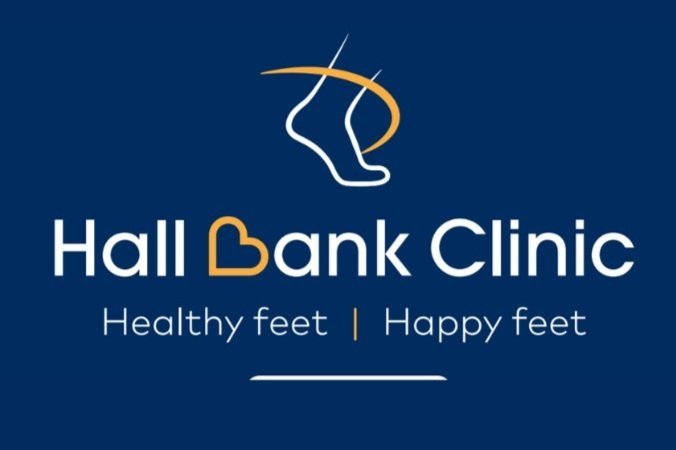Everything You Need To Know About Hammertoes
A hammertoe is a toe deformity with bending at the joint. Usually, they begin as a minor toe deformity with little to no pain. However, they are known to worsen over time. Hammertoes are most commonly seen amongst the female population; this is because improper fitting footwear is the biggest culprit to the cause of hammertoes.
What Causes Hammertoes?
Hammertoes are commonly caused by toe injuries or ill-fitting shoes. They can also be hereditary. Additionally, the following situations can exacerbate or contribute to hammertoes:
Footwear - High heels and narrow shoes put large amounts of pressure on the ball of the foot, especially on the toes. When narrow shoes squeeze your toes together, it creates a lack of space for the second toe, causing it to bend upwards. Over time will begin to form a hammertoe. Don't threat; when you squeeze your feet into a tiny space, they sure will let you know about it with an uncomfortable amount of pain. It is your job to identify and remove the pain; otherwise, the issue will remain the same.
Morton's toe - Morton's toe is a condition where the second toe is more extended, making them more prone to hammertoes. Generally, this is due to fitting our footwear according to our big toe. Instead, we should be focusing on the toe longest in length to ensure there is enough space in the shoe for our toes to fit comfortably. Pressure from shoes that are too small can force the second toe back into a bent position at the knuckle joint.
How to prevent Hammertoes
Simply, you must ensure you are wearing footwear that suitably fits your feet! You can take the inside, also known as the footbed, out of the shoe if they are removable and stand on this to check if you have enough space between the end of your longest toe and the edge of the footbed.
However, if your shoes do not contain a removable footbed, you can use other convenient methods. For example, you can stand on a piece of cardboard, trace around your foot and cut it out. Place this inside of your shoe; if it buckles when you try to lay it flat, this is an indicator that the shoe is too short. Yet, if the cardboard curls up at the side, this implies the shoe is too narrow.
Daily toe stretches can also help to prevent the hammertoe from becoming an austere toe deformity. Pointing the toe downwards and trying to pick up socks or tissues from the floor is an excellent place to start, as it allows the tendons responsible for hammertoes to be stretched.
How can a podiatrist help with hammertoes?
Podiatrists can provide you with the best advice and several treatment options that can help to ease the pain and discomfort that comes with hammertoes. What treatments can a podiatrist offer?
Pain prevention - A podiatrist can remove any callus or corns on the hammertoe; these often occur at the top of the toe on the knuckle joint or the tip of the toe and are usually a result of excess pressure or rubbing caused by a miss-shapen toe. This procedure is performed using a scalpel and should only be carried out by a podiatrist - don't try it at home!
Padding - They can apply padding to offload the pressure on the joint; this aims to relieve pain and prevent corns from reoccurring. This is generally a short-term fix.
Ottoform - The podiatrist can make an ottoform; this is a custom-made silicone device. An ottoform is a long-term treatment option and can reduce pressure from the tip of the toe. Most pharmacies will offer a gel device that aims to provide the same type of relief; however, these are not custom-made to your foot shape and will often not help.
Surgery - Surgery for hammertoes is a last resort option, only offered for severe cases of toe problems.
In addition, podiatrists will advise wide, round toes shoes with a deep toe box to provide more space around the toe area. Seams can cause friction and pressure to hammertoes, so these should be avoided, as they could also lead to problematic skin conditions and corns. Open-toed sandals are an alternative choice as long as the sandal strap does not come across the top of the toes; sliders can also be a good option as they do not apply any pressure to the toes.
If you are having issues with a hammertoe or any other foot problem, contact us to book an appointment. We can help!
